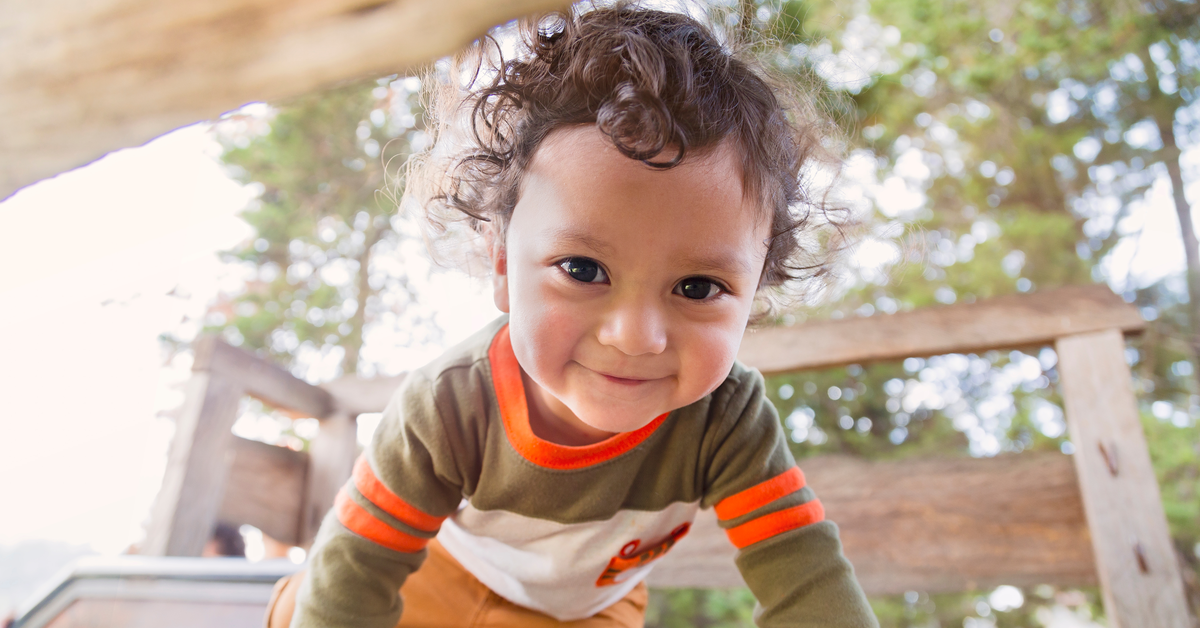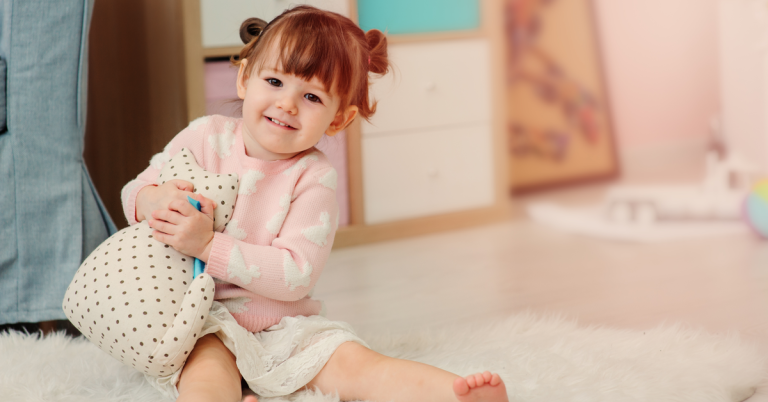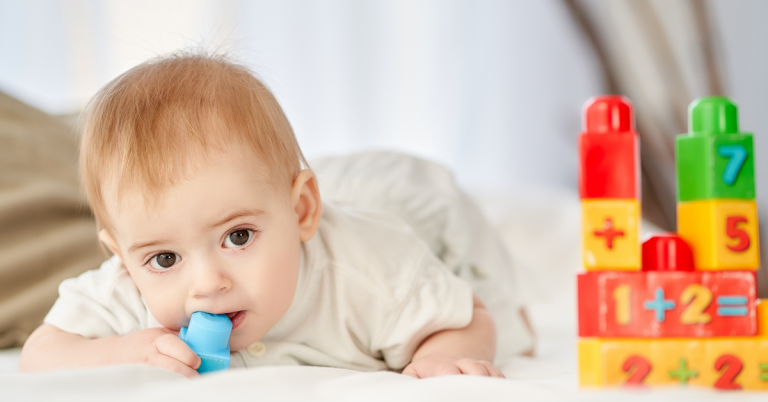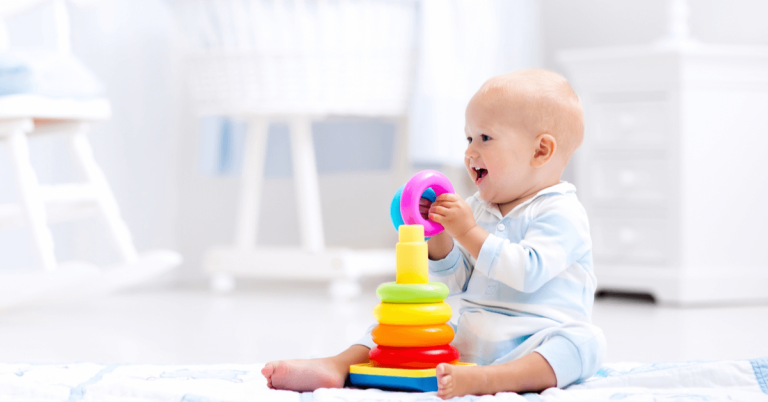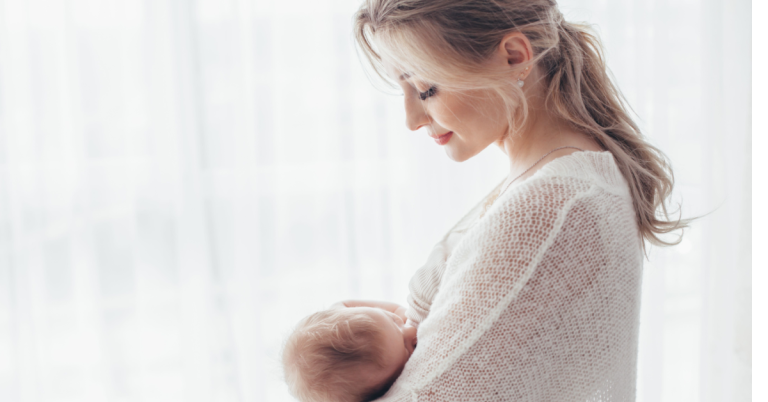Your little one quickly transforms from a small baby into a sturdy, active child. After twenty-four months, your child develops rapidly, and his language, motor, and social skills improve with giant leaps. And his sense of curiosity and comprehension is ever-growing. No child is the same, and every kid’s level of development varies. Nevertheless, your little one needs to reach several milestones. Closely monitoring your child continues to be important. This article will help you with this.
Measurements between 25 and 27 Months
Avoid comparing the length and weight of your child with those of other children. Your toddler’s height and weight depend on factors such as nutrition, environment, illnesses, level of activity, etc. Children of this age may even experience some weight loss because they are very active, and studies have shown that genetics also play a very important role.
Nevertheless, a child’s weight and length must stay within the World Health Organization (WHO) limit values. You should regularly follow up on your baby’s physical development with your family doctor or paediatrician. If his measurements diverge greatly from the standard, you need to consult a specialist because this may indicate other health problems and impact your child’s overall development. The table below shows the value ranges for weight, height, and head circumference.
25 Months
| Gender | Length | Weight | Head Circumference |
| Girl | 80.4 cm – 92.8 cm | 9.3 kg – 14.9 kg | 47.3 cm (average) |
| Boy | 82.1 cm – 93.8 cm | 10 kg – 15.3 kg | 48.4 cm (average) |
26 Months
| Gender | Length | Weight | Head Circumference |
| Girl | 81.2 cm – 93.7 cm | 9.5 kg – 15.2 kg | 47.5 cm (average) |
| Boy | 82.8 cm – 94.8 cm | 10.1 kg – 15.6 kg | 48.5 cm (average) |
27 Months
| Gender | Length | Weight | Head Circumference |
| Girl | 81.9 cm – 94.6 cm | 9.6 kg – 15.4 kg | 47.6 cm (average) |
| Boy | 83.5 cm – 95.7 cm | 10.2 kg – 15.9 kg | 48.6 cm (average) |
Nutrition between 25 and 27 Months
Your child’s nutrition remains crucial for his development. After your baby turns two, he needs about 1,200 calories per day.
How to achieve a balanced diet?
Most importantly, you need to incorporate foods from different food groups into each meal:
- Fruits and vegetables
- Meat, fish, beans, and pulses
- Milk and dairy products
- Cereals and starchy carbohydrates
Serve three main meals and one or two snacks. Also, a child this age should consume four to six glasses of water (unless he is still breastfed). Having his personal plate, cup, spoon, and fork may promote independence in eating and joining meals at the family table will also stimulate positive eating habits.
Many parents, however, experience issues with their children’s eating habits.
The most common challenges are:
- Fussy eating and refusing to eat certain foods (especially vegetables).
- Turning to junk food and preferring packaged and processed foods such as candy, chocolate, chips, etc.
- Wanting to eat in front of the TV.
If you experience issues like these, offer more structure to your child. Keep junk food and sweets for special occasions and stand your ground about eating at the family table. You can try to attract the attention of fussy eaters by adding fun and playfulness to the table. Buy some new, colourful cutlery and plates, or design your kiddo’s food like animals, vehicles, etc. Also, involving your child in food preparations, like setting the table, may help.
Sleep between 25 and 27 Months
Your child needs to sleep between nine to thirteen hours at this age. This consists of nighttime sleep time plus often a one- to two-hour nap. Some babies entirely drop their naps around this time. Also, your child may enjoy his explorations so much that he does not want to go to bed and sleep. Creating a clear sleep routine before bed will help you avoid such issues. An example routine could be brushing teeth, wearing pyjamas, reading a story, and taking his favourite toy with him.
Physical Development
His success is your happiness. He is now a small individual, very energetic and active. So what milestones should a child reach between twenty-five and twenty-seven months?
- He can establish a good balance.
- He can jump into the air with both feet.
- He can hold a fork and spoon like an adult.
- He can open and close the zippers of his clothes.
- He can throw or catch a ball from afar.
- He can play with Lego bricks or Mega blocks.
- He can stack blocks on top of each other and build towers.
- He can play age-appropriate jigsaw puzzles by himself.
- He can go up and down the stairs independently.
- He can hold a pen or pencil.
- He can turn and open door handles.
- He can walk backwards.
- He can play individually.
In addition to these, his personal care skills also increase.
- He can take off his socks and shoes.
- He can wash his hands and face.
- He can dry his hands and face with a towel.
- He can brush his teeth.
- He can eat independently, even if he still spills a lot.
Language Development
Besides supporting your child’s physical and motor development, you should pay attention to supporting your child’s speech and socialisation skills, as this is a formative period in a child’s life. They hear many words for the first time and try to understand and memorise them.
- Your child can use more than fifty words.
- The number of clear and longer sentences increases, and he can make meaningful sentences of two to three words. He may also try to say longer sentences, which are often still not completely intelligible.
- His curiosity and desire to know the world around him cause an endless series of questions like ‘What is this?’ or ‘Why?’
- He will start using possessive pronouns in sentences like “My toy!” “His food!”
- He can give short but clear answers to questions, such as “Yes!” “No!” “I don’t want.”
- He can express his feelings and uses short but clear sentences such as “Scared!” “Tired!” “Sad!”
- He understands and can carry out simple instructions.
- He loves to read his favourite book repeatedly and can understand most of what you read. He can remember and say the names of the characters in the book.
- Your child may be quieter and less talkative than his peers. Parents often worry that their child will speak late or has a speech problem. However, some children may complete their language development a little later. Try to be patient and stimulate your kid to talk as much as possible by discussing things that pique his interest or asking questions that will make him think.
- Speaking to a speech therapist may be helpful if you are worried about your child’s language development.
Social Skills between 25 and 27 Months
- As your child starts to differentiate between himself and his environment, he may become more sociable. Because of his high energy, he may want to spend lots of time outside and not want to return home.
- He learns about gender and begins to distinguish between men and women.
- His ability to imitate develops further. He especially takes his parents as role models. He tries to do what they do and closely observes their movements and behaviour.
- He probably wants to help you with your housework. He may try to tidy and clean or move large items from one room to another.
- He loves playing, sliding and swinging at the playground.
- He may prefer to play individual games rather than engage with his peers.
- He can express his wishes and make decisions when offered different choices.
- He may get angry and shout or tantrum when things don’t go his way. This is normal. Your little one cannot regulate his emotions yet. He doesn’t have the language skills yet to communicate all his wishes.
If your child has a lot of intense tantrums and meltdowns, try to keep calm and avoid getting angry or punishing your toddler. Hold space for his emotions and name them: “I see you are feeling angry/disappointed/sad; I understand you.” Try hugging him or giving him physical space if he needs it. Also, quietly staying by his side can allow him to work through his feelings. After a while, you can also try to distract him.
Potty Training
One of the major transitions for our little ones is potty training. Parents are generally convinced they must start potty training when their kid turns two. But for some children, this may not be the right time, and you may have to wait until your child is two and a half or three. To know when the time is ripe, closely observing your child is key. Once he’s starting to feel uncomfortable to pee or poo in his nappy, if he tries to pull off his diaper from time to time, if he’s interested in the potty you bought and tries to sit on it, …, the time may be right. Most importantly, follow your child and avoid forcing him, as this may cause serious issues in the future.
Play between 25 and 27 Months
Around this age, your little one’s interest in different games and toys increases, but he also quickly loses interest as his attention span is very short. Take this into account when choosing games and toys.
- Wooden blocks, jigsaw puzzles and large Lego or Mega blocks are indispensable.
- Realistic toys, such as household items, telephones, cars, planes, trains, etc., are ideal for supporting the development of your toddler’s imagination. Your child can tirelessly enjoy playing with these toys.
- Animal figures, toys that refer to professions such as a doctor’s or vet’s set and plush animals are also wonderful toys for children at this age.
This article briefly overviews the expected development of twenty-five to twenty-seven-month-old babies. But always remember that every child is unique. Your child may exhibit quite different characteristics than other babies. As a parent, it is important to remain calm and patient, give age-appropriate answers to all your child’s questions, and spend a lot of time together. In this important period of identity formation, your little one needs your trust, appreciation, and encouragement the most.
It’s Your Turn Now – Write a Comment!
How are you raising your baby? What challenges did you experience this month? How did you overcome them? We welcome your comments so that other caregivers can learn.
Don’t Forget to Share!
Don’t forget to share our article so that expectant parents and other caregivers can read and learn!


